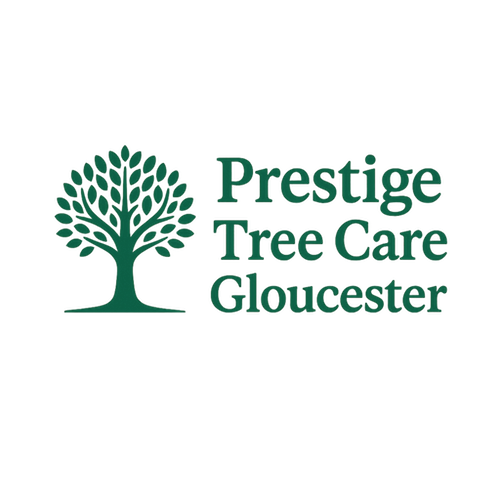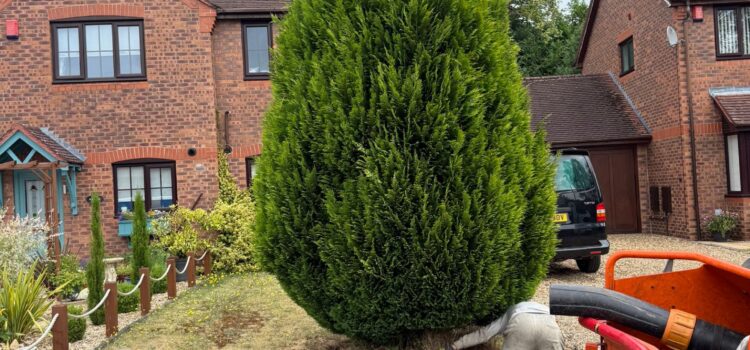Common Tree Diseases in Gloucester and How to Spot Them
Healthy trees are essential for the beauty, biodiversity, and safety of your outdoor space. But in Gloucester’s varied climate, trees can be vulnerable to pests and diseases that threaten their structure and lifespan.
At Prestige Tree Care Gloucester, we help homeowners and businesses identify and treat tree health issues early — before they become dangerous or irreversible. Below are the most common tree diseases we see in the Gloucester area, along with symptoms to watch for.
1. Ash Dieback (Hymenoscyphus fraxineus)
This serious fungal disease affects ash trees and is spreading rapidly throughout the UK.
- Early signs: Wilted leaves, dark lesions on stems, crown thinning
- Can lead to: Structural weakness and collapse
2. Honey Fungus (Armillaria)
A destructive fungus that spreads underground and kills roots of many tree species.
- Early signs: White fungus under bark, mushroom clusters at base, leaf yellowing
- Can lead to: Tree death if untreated
3. Dutch Elm Disease
Still present in Gloucester despite national control efforts. It primarily affects elm trees.
- Early signs: Wilting leaves, branch dieback, brown streaks in sapwood
- Can lead to: Rapid decline of mature elms
4. Bacterial Canker (Cherry & Plum Trees)
Affects fruit trees and ornamental species in gardens across the region.
- Early signs: Sunken, oozing lesions on bark, dieback, gum production
- Can lead to: Severe dieback and fungal infections
5. Powdery Mildew
A common cosmetic disease that can stress young or unhealthy trees.
- Early signs: White powdery coating on leaves and shoots
- Can lead to: Poor growth and leaf drop if recurring
What to Do If You Suspect Tree Disease
If you spot any of these symptoms, don’t wait. Early diagnosis can save your tree and prevent spread to nearby plants. Our qualified arborists offer on-site tree health inspections across Gloucester and can recommend pruning, treatments, or safe removal when necessary.
Contact us today for a professional tree health check.
FAQs – Tree Diseases in Gloucester
Can a diseased tree be saved?
In many cases, yes — if the disease is caught early and treated properly. Our team will assess the best course of action based on species and severity.
Are tree diseases dangerous?
Yes. Some diseases weaken tree structure, increasing the risk of falling branches or trunk collapse. Prompt action is essential.
Will the council get involved if my tree is diseased?
If your tree is protected by a TPO, you will need permission for any work. We can help you apply if urgent treatment or removal is needed.
Do tree diseases spread to other plants?
Some fungal and bacterial infections can spread to nearby trees and shrubs. We recommend isolating infected trees when possible.
What does a tree health inspection involve?
We examine the canopy, bark, leaves, and root zone for signs of disease, decay, or pest activity. You’ll get a full report and treatment options.

